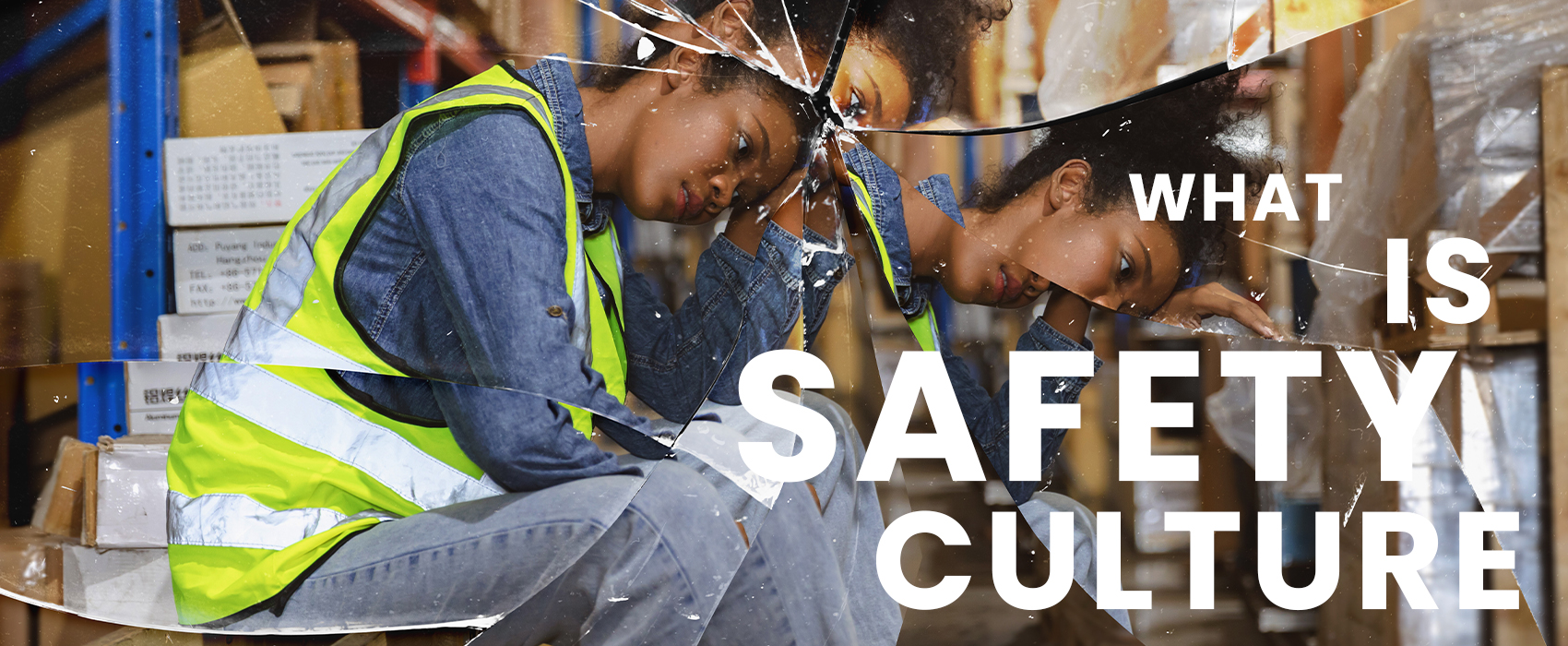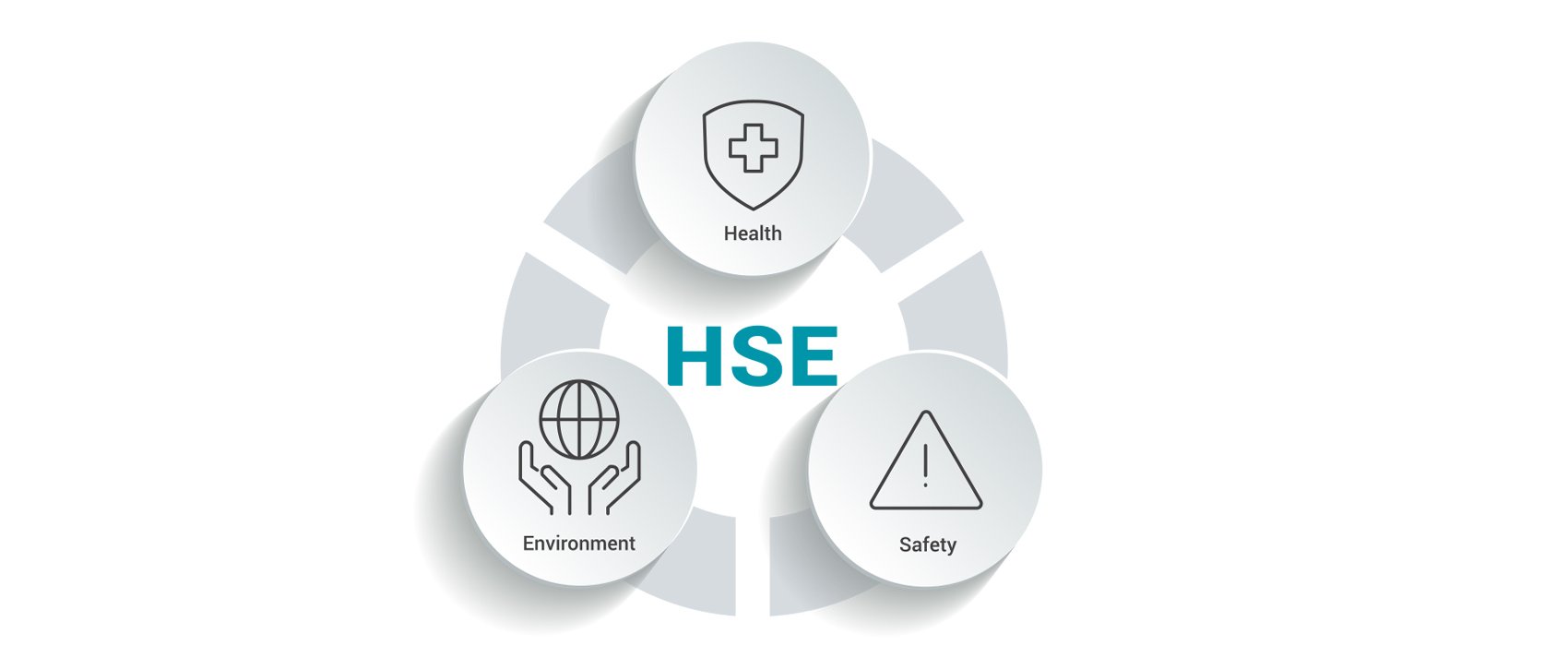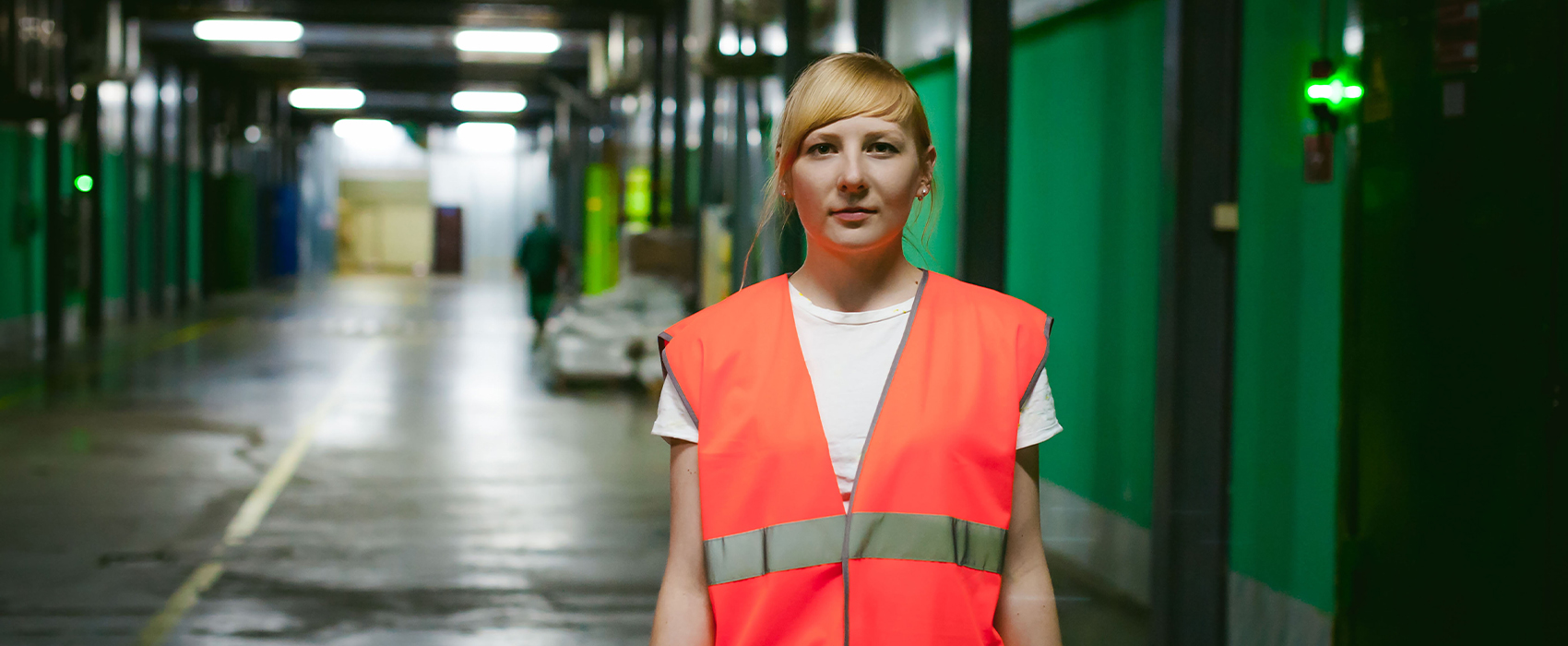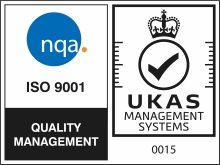
What is safety culture
What is safety culture and what proactive steps can businesses take to positively influence their safety culture in pursuit of improved workplace safety?
What is safety culture?
The term ‘safety culture’ is used to describe the way in which safety is managed in a workplace.
By encompassing the perceptions, beliefs and attitudes of a business’s employees towards the safety of workers and the overall safety of their work environment, it can be seen as a key measure of employee engagement with safety protocols and procedures.
In short, the term ‘safety culture’ speaks to how something is actually done in the workplace, rather than how it should be done.
“The product of individual and group values, attitudes, perceptions, competencies, and patterns of behaviour that determine the commitment to, and the style and proficiency of, an organisation’s health and safety management.”
UK Health and Safety Commission definition of safety culture
Poor safety culture has been shown to be a contributory factor in many major workplace incidents, having just as much influence on safety outcomes as an organisation’s safety management system itself.
The importance of a good safety culture
Creating and maintaining a strong safety culture within a business is vital part of ensuring workplace safety.
In a business with a strong safety culture, all employees hold safety in the highest regard and behave in such a way that prioritises their own safety and the safety of those around them. This includes wearing the correct PPE, following safety rules, and being conscious of safety and safe working practices at all times.
Maintaining a strong safety culture brings a multitude of benefits for businesses, including:
- Reduced accident and injury rates
- Increased productivity
- Better workplace morale
- Improved employee retention
- Enhanced organisational reputation
Establishing and maintaining a strong safety culture
A solid safety culture is one where everyone in a business is united around the pursuit of a safe workplace. Rather than being seen as a priority – and therefore liable to become more or less important over time compared with other, short-term business priorities – safety is established as a company value so it becomes a guiding principle behind all business activity.
Organisations with a strong safety culture understand that people make mistakes, and use these as a way to learn and improve. They encourage workers to report hazards and safety concerns, acknowledging and rewarding them for doing so.
Senior leaders lead by example and invest time and energy in talking about safety. Safety training is conducted in company time.
Communications around safety are direct, easy to understand and heartfelt, expressing the employer’s care and concern for its employees.
The safety culture ladder
In 2000, the oil and gas industry adopted the following safety maturity model, dubbed the ‘safety culture ladder’, which provides some useful food for thought.
Where does your business currently sit on the ladder – and where would you like it to be?
Level 5: Generative
- Managers know what’s happening – the workforce tells them
- Bad news is sought out so failures can be learned from
- There is constant awareness of what could go wrong
- Safety is seen as a profit centre
Level 4: Proactive
- Resources are allocated to anticipate and prevent incidents
- Management is open to bad news, but still focused on statistics
- The workforce is trusted and feels involved in safety
Level 3: Calculative
- There are lots of audits and lots of data
- The new Safety Management System is assumed to be enough
- People are surprised when incidents happen
- Bad news is tolerated
Level 2: Reactive
- Safety is taken seriously when there is an accident
- Managers try to force compliance with rules and procedures
- Bad news is kept hidden
Level 1: Pathological
- Lawyers and regulators decide what is acceptable
- There is a view that accidents are inevitable due to the nature of the work
- People who are foolish enough to have an accident should be sacked
- Bad news is unwelcome
Talk to us to find out how the workwear and PPE you provide to your teams could be influencing the safety culture in your business.
You might also like

HSEQs: How often should health and safety policy be reviewed?


















